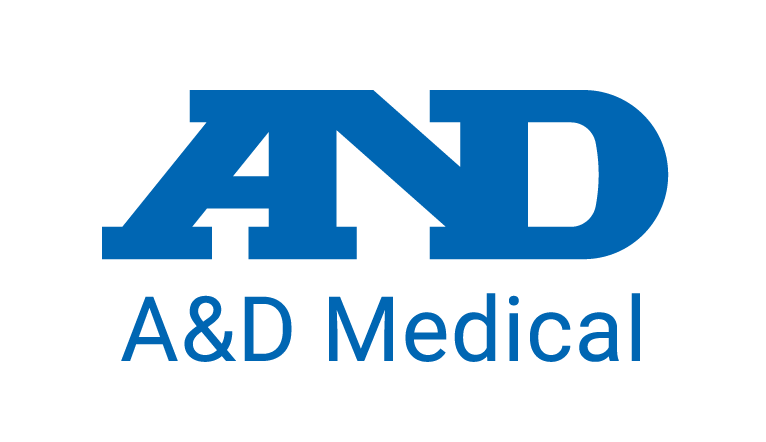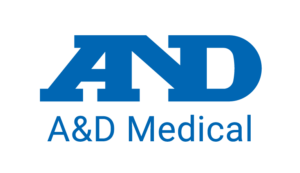Reimbursement for Ambulatory Blood Pressure Monitoring
With the recent changes to the American Heart Association’s blood pressure classifications, many more Americans are now considered hypertensive. One of the main purposes of this change was to raise awareness and ensure that patients begin seeking treatment sooner.
This may have led to a rise in your practice of patients seeking advice about hypertension, and they may even be more familiar with terms like White Coat Hypertension than ever before.
As you consider prescribing Ambulatory Blood Pressure Monitoring (ABPM) for some of your patients, you may need to know about reimbursements. This quick guide is designed to help you know what to expect and provide some of the most common billing codes, including CPT, HCPCS, and ICD-10.
US reimbursement rates
Reimbursement for ABPM
In 2018, CMS announced that they are considering expanding reimbursement coverage for ABPM.
ABPM is covered once per year by Medicare & Medicaid for eligible patients with suspected white coat or masked hypertension.
Suspected white coat hypertension is defined as “an average office blood pressure of systolic blood pressure greater than 130 mm Hg but less than 160 mm Hg or diastolic blood pressure greater than 80 mm Hg but less than 100 mm Hg on two separate clinic/office visits with at least two separate measurements made at each visit and with at least two blood pressure measurements taken outside the office which are <130/80 mm Hg." Suspected masked hypertension is defined as an "average office blood pressure between 120 mm Hg and 129 mm Hg for systolic blood pressure or between 75 mm Hg and 79 mm Hg for diastolic blood pressure on two separate clinic/office visits with at least two separate measurements made at each visit and with at least two blood pressure measurements taken outside the office which are ≥130/80 mm Hg." Medicare
If you have a Medicare patient, ABPM must be performed for at least 24 hours to meet coverage criteria. The fee is determined by region of the United States.
2019 non-facility national average prices according to CMS.gov:
| Description | Fee Schedule* | |
| 93784 | Ambulatory blood pressure monitoring, utilizing a system such as magnetic tape and/or computer disk, for 24 hours or longer; including recording, scanning analysis, interpretation and report | $48.23 |
| 93786 | Ambulatory blood pressure monitoring, utilizing a system such as magnetic tape and/or computer disk, for 24 hours or longer; recording only |
$24.09 |
| 93788 | Ambulatory blood pressure monitoring, utilizing a system such as magnetic tape and/or computer disk, for 24 hours or longer; scanning analysis with report |
$5.34 |
| 93790 | Ambulatory blood pressure monitoring, utilizing a system such as magnetic tape and/or computer disk, for 24 hours or longer; review with interpretation and report |
$18.80 |
Diagnosis codes
ICD-10 Codes for ABPM
The above procedure codes should be used in conjunction with appropriate diagnosis codes, such as the below:
| Diagnosis | ICD-10-CM |
| Essential (primary) hypertension | I10 |
| Hypertensive heart disease without heart failure | I11.9 |
| Other Forms of Angina Pectoris | I20.8 |
| Orthostatic Hypotension | I95.1 |
| Elevated blood pressure reading, without diagnosis of hypertension | R03.0 |
| Syncope and collapse | R55 |
| Encounter for examination of blood pressure without abnormal findings | Z01.30 |
| Encounter for examination of blood pressure with abnormal findings | Z01.31 |
Learn more about ABPM
Clinically Validated Devices
A&D Medical offers ABPM devices:
*The information on this page is informational only and does not represent a guarantee or promise from A&D concerning coverage or reimbursement rates. Fees listed are an average of the Non-facility prices available for each code on the CMS.gov site as of December 2022. It is the provider’s responsibility to determine eligibility, coverage, coding, and all other requirements prior to the completion of services.
Disclaimer: private payor and Medicare fee schedules may be corrected or changed periodically.


